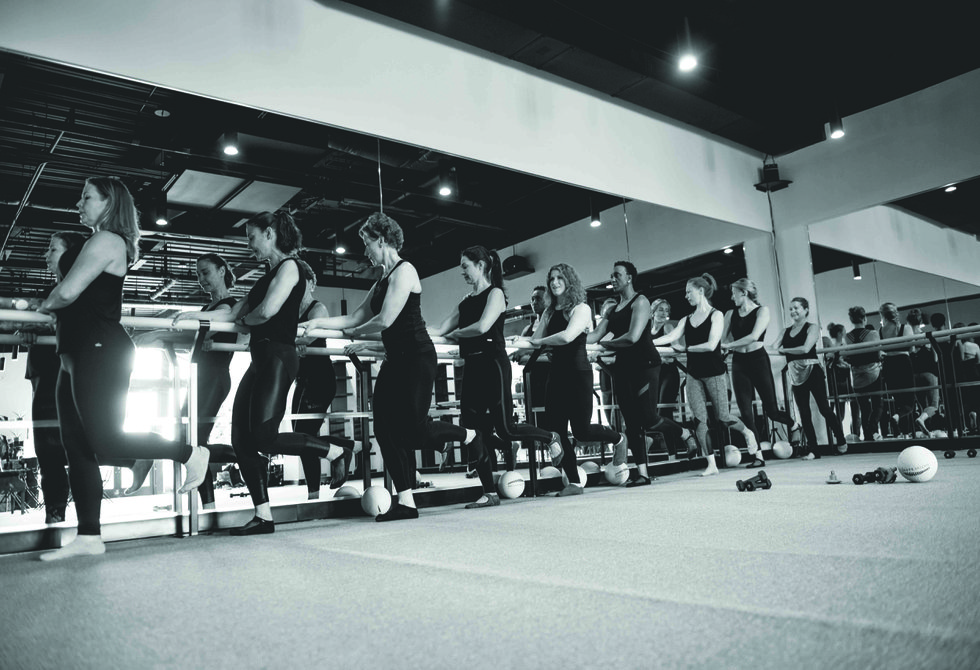The National Museum of the Marine Corps shows the Marines’-eye view.

Marine Museum feat

Marine Museum media 1

Marine Museum media 2
Who’s “your best friend and your worst enemy?” The United States Marines are, and a new museum in Quantico sets out to prove it. The National Museum of the Marine Corps, just off I-95 at exit 150, is about marines, not for them—although naturally many visitors are former or active marines and their families. “So far, it’s about 50-50, marines and general public,” says Col. Joseph Long (Ret.), deputy director. Early visitation and feedback have exceeded expectations. “Almost every comment we get is positive. Non-marines are blown away. It isn’t what they expected.”
While museums today tout their high-tech “interactive exhibits”—most of which are pretty lame—they could learn a thing or two from the marines. These exhibits are imaginative and participatory. Help yourself to an easy-to-use audio tour—it’s free, like the museum. Then head for Boot Camp, following the path of every raw recruit from the bus to the famous yellow footprints of Parris Island. In a soundproof booth, cringe at the voice of a drill sergeant yelling in your ear. Try chin-ups, or lifing a full pack. Test your skill on the M-16 laser rifle range. Climb into a flight simulator.
Move on to galleries dedicated to each war and every battle that involved marines, from the halls of Montezuma to the streets of Baghdad. Stand inside a rumbling Higgins boat, watching actual combat film on three sides, and absorb a little of the anxiety the men must have felt as they prepared to storm the beaches of Iwo Jima. “You get a real sense here of what it is to be a marine,” said one man as he exited the landing craft.
The building itself was designed as a memorial to the bravery of the marines at Iwo Jima. The soaring architecture, visible from I-95, mimics the lines of the flag-raising on Mount Suribachi that Joe Rosenthal’s camera so famously captured, and the actual tattered flag is on the wall inside. Exhibits are full of tanks, airplanes, helicopters, landing craft and weapons, all used in action scenes, not viewed as artifacts. To add realism, the Korea Chosin Reservoir scene is kept very cold, while the Vietnam Khe Sanh scene is sweltering. To get there, visitors exit the rear of a CH-46 helicopter surrounded by the sounds of rotor wash and combat, past wounded marines waiting to be airlifted to safety.
Everywhere, short documentary films give a sense of immediacy to the subject, and voices of marines from the present and from years long past tell their own stories. Exhibits on the Navajo code talkers, the introduction of women into the marines, the racial integration of the Corps in the 1940s, the horrific suffering of marine POWs during World War II, and a photo gallery depicting the current wars in Afghanistan and Iraq cover marine history up to the present.
Thousands of the items in the museum—uniforms, medals, equipment, photographs, letters, diaries, papers, weapons and personal effects—were donated by marines and their families. Anyone cleaning out an attic or sifting through the contents of an old trunk might consider contacting the museum curators about possible donations of Marine Corps objects. USMCMuseum.org
Click here for information about a special Virginia Living event February 26 at the National Museum of the Marine Corps.







